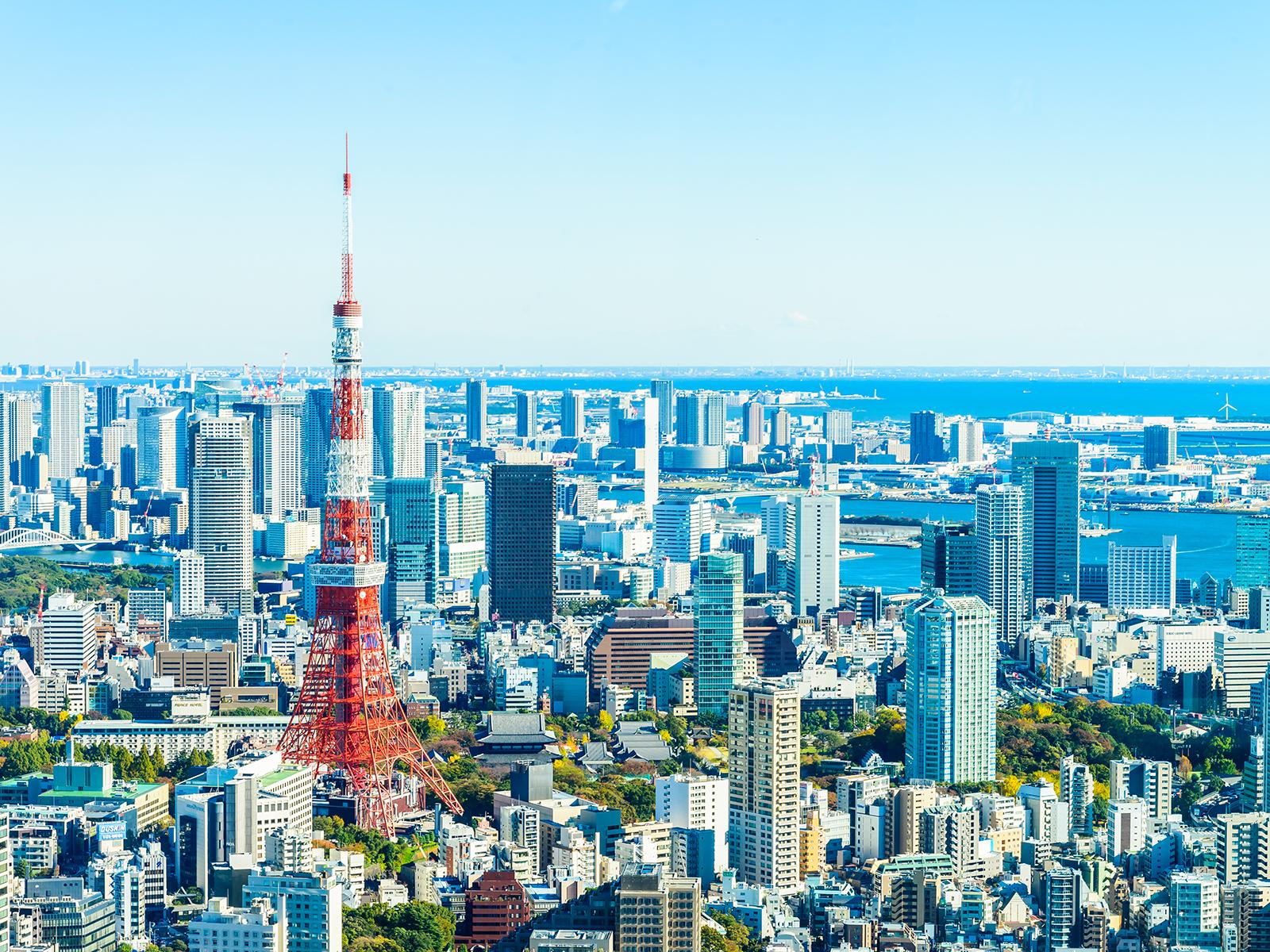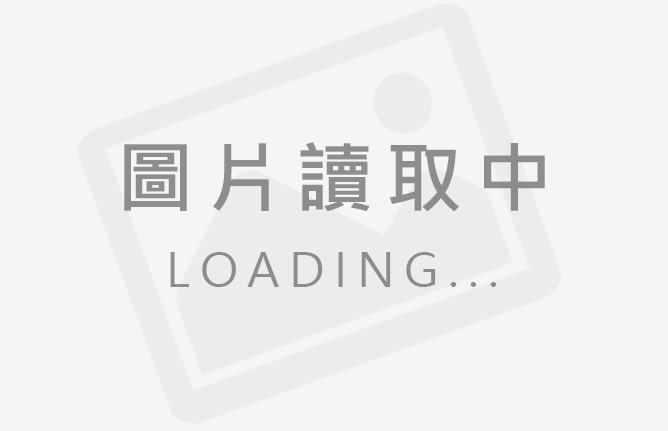
Requirement of medical device application in Japan
Japan is the world's third-largest medical market due to the high coverage rate of its healthcare system and an aging population, which increases the demand for various medical devices. In recent years, the Japanese government has been gradually simplifying the review process to expedite approvals for medical products and has established a medical information database to improve information disclosure.
Medical devices in Japan are regulated by the Ministry of Health, Labour and Welfare (MHLW) and the Pharmaceuticals and Medical Devices Agency (PMDA). The MHLW is responsible for managing and supervising the legal affairs, and the PMDA is responsible for the application review, evaluation, post-market surveillance, and reporting.
Medical devices in Japan have been classified into four risk level (from low to high) based on the guidelines established by the Global Harmonization Task Force (GHTF). This risk-based classification system helps streamline the regulatory process for medical devices in Japan and ensures that higher-risk devices undergo more rigorous scrutiny before being allowed on the market:
1. Class I: The devices don’t need to apply registration. A self-notification to the PMDA is sufficient to obtain permission.
2. Class II and Class III: The devices need certification by a third-party Registered Certification Body (RCB) which is authorized by the MHLW and get the registration by PMDA.
3. Class IV: The devices have to be reviewed by the PMDA and get the registration by MHLW.
In Japan, only qualified local organizations are allowed to import or sell medical devices. Therefore, foreign manufacturers looking to enter the Japanese market typically need to designate a Marketing Authorization Holder (MAH) or a Designated Marketing Authorization Holder (DMAH) to apply product registration and as the contact person with regulatory authorities.
Marketing Authorization Holder (MAH):
-The Foreign manufacturer appoints a MAH to act as the applicant for product certification.
- MAH will be the product certification owner and responsible for product registration, replying the supplement, certification maintain, and applying for certification transfers.
- MAH can initiate above the process without requiring the foreign manufacturer's signature.
Designated Marketing Authorization Holder (DMAH):
- The Foreign manufacturer appoints a DMAH to be the representative.
- The Foreign manufacturer is the owner of the product certification.
- DMAH is responsible for product registration, replying the supplement, certification maintain, and applying for certification transfers.
- DMAH requires the foreign manufacturer's signature before initiating above the process.
Both MAH and DMAH are responsible for monitoring, managing, and maintaining the quality management of the foreign manufacturer and products, as well as handling registration-related affairs, product distribution, and post-market surveillance.
If your devices are considering break into the Japanese market and need to ensure compliance with Japanese regulations or evaluate the suitability of a local representative, please to contact TALENT, our RA can provide professional service.



